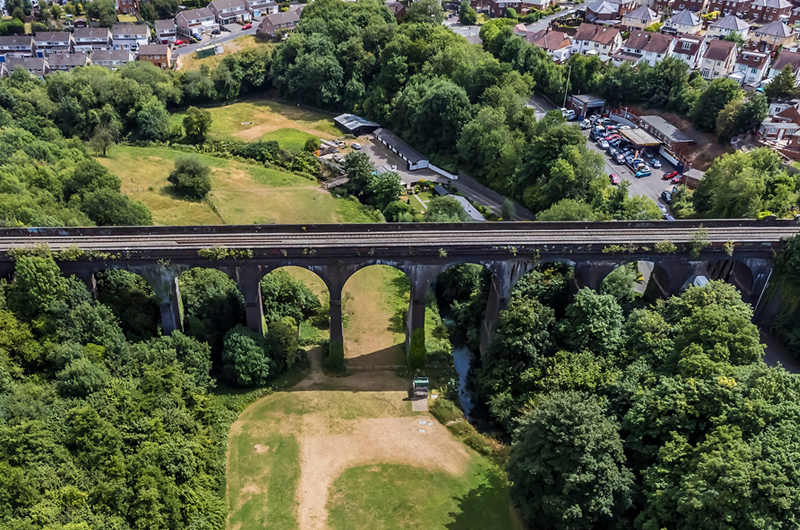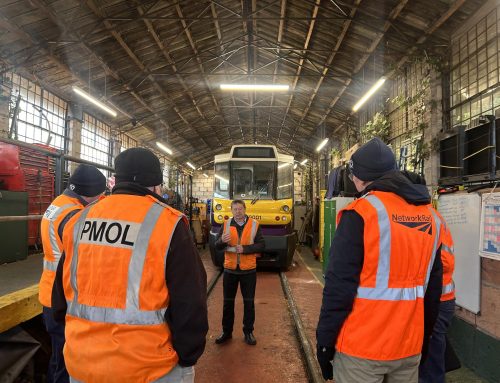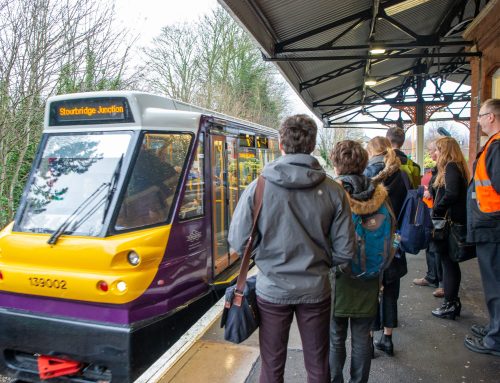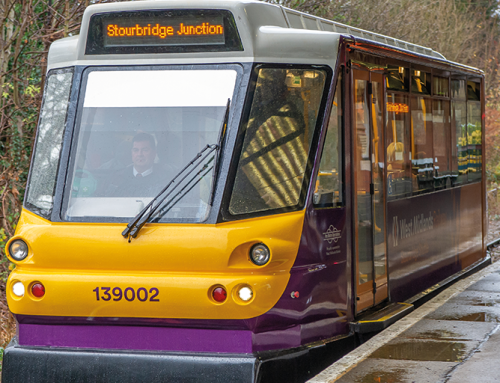
Rethinking Transport Investment
As the UK continues to face economic pressure and urgent climate targets, our recent commentary called for a shift in the country’s transport investment strategy – away from over-budget megaprojects and toward scalable, community-driven solutions like Very Light Rail (VLR).
Large-scale infrastructure projects such as HS2, Crossrail, and metro extensions are often launched with bold promises but are frequently marred by delays, spiralling costs, and unmet expectations. The HS2 project, for instance, has already tripled in cost from its original estimate and has been partially cancelled, leaving many communities without the improved connectivity they were promised.
Similarly, metro expansions like the Wednesbury to Brierley Hill route continue to progress despite numerous setbacks and inflated costs, with an expected to cost of £650 million and no firm completion date in sight.
In contrast, Pre Metro’s Stourbridge Shuttle showcases how small, well-targeted rail solutions can deliver outstanding results. Operating with 99% reliability and transporting over 500,000 passengers in 2024/25 alone, the Shuttle continues to demonstrate that high-frequency, low-cost services can transform local mobility without the need for billion-pound investments.
Our proposed Dasher route, connecting Stourbridge with Brierley Hill, follows this proven model. It is budgeted at less than 5% of the current Metro extension and can be implemented far more quickly and cost-effectively. Using lightweight, battery-electric rolling stock, the Dasher offers lower operational costs, reduced emissions, and the flexibility to scale with future demand.
Pre Metro also champions an “upscaling” approach – starting with VLR to test demand and build familiarity, then transitioning to heavier infrastructure only when needed. This model ensures that public funds are spent where they have the greatest impact, based on real-world data, not assumptions.
By prioritising smaller, scalable projects like the Dasher, the UK can accelerate the delivery of sustainable transport, improve regional connectivity, and achieve better value for money, without the risks and delays associated with traditional megaprojects.


